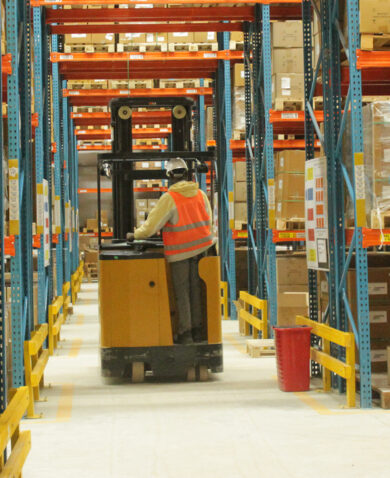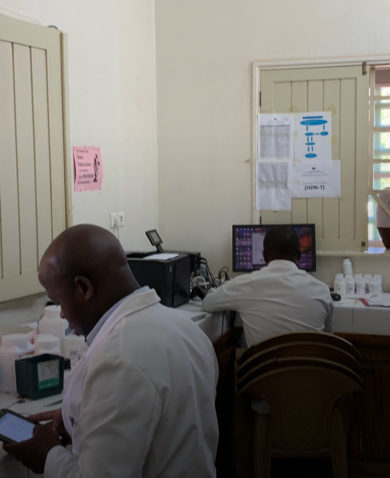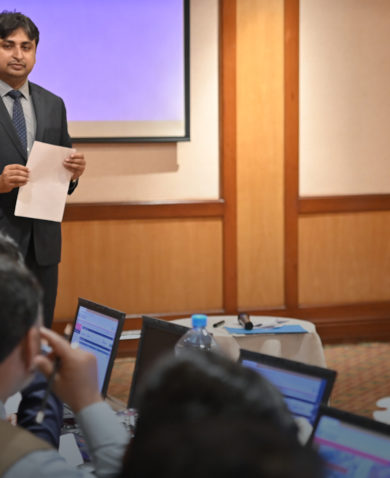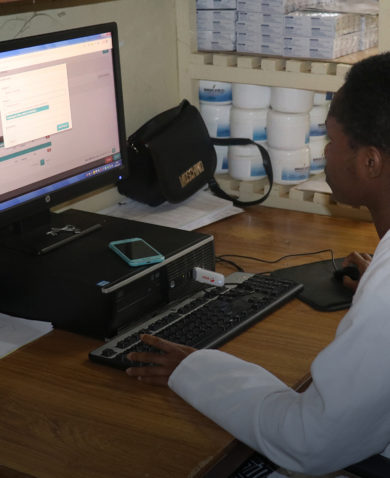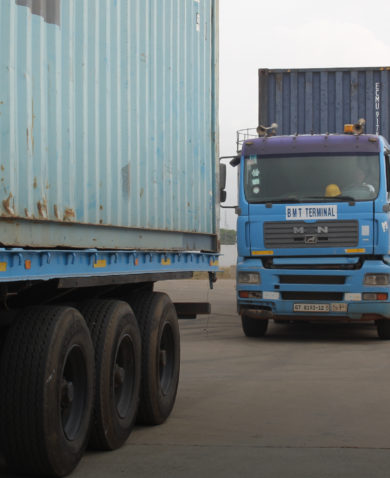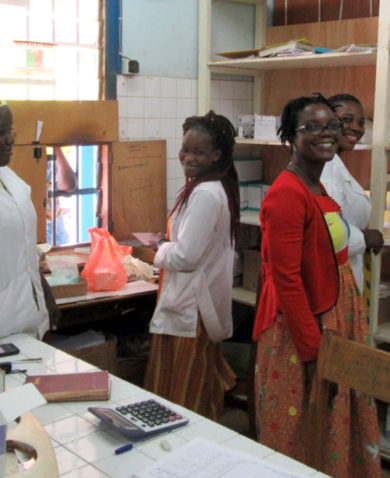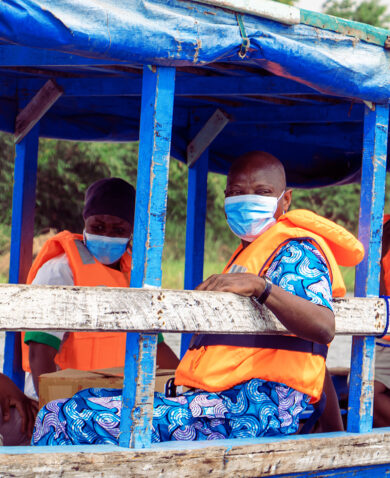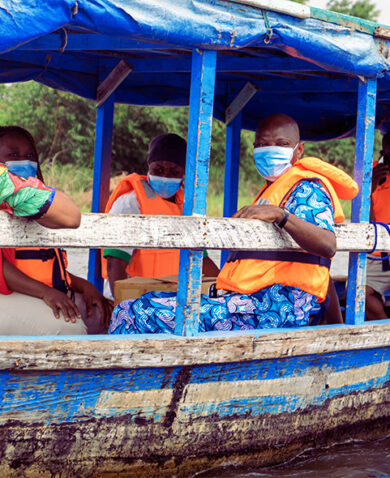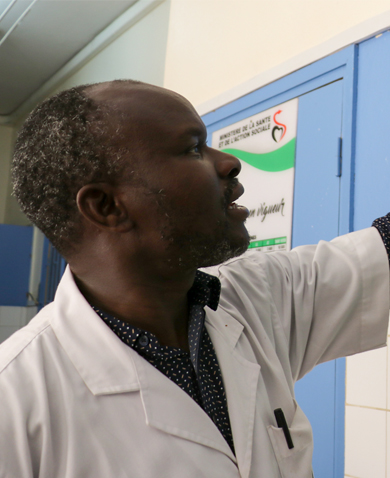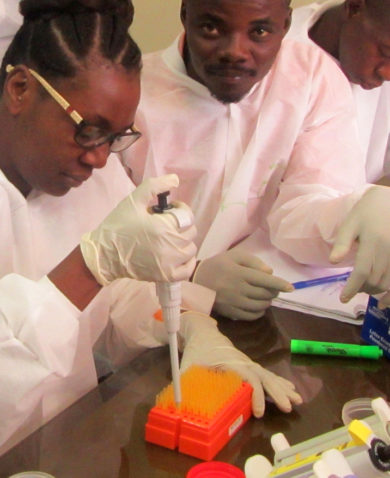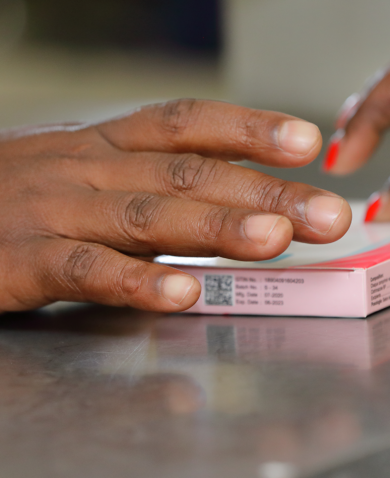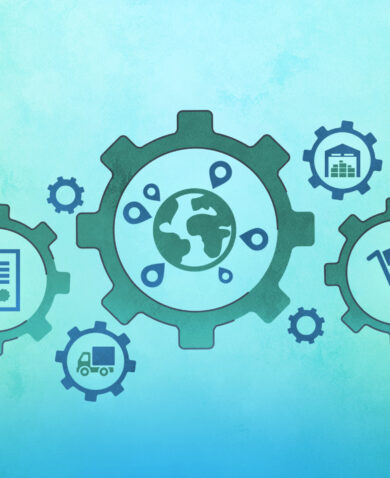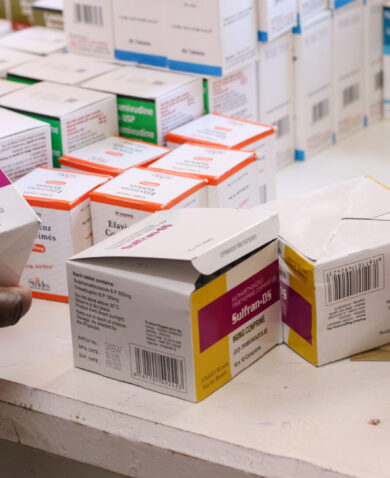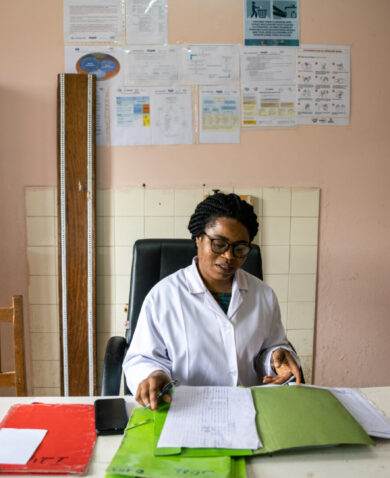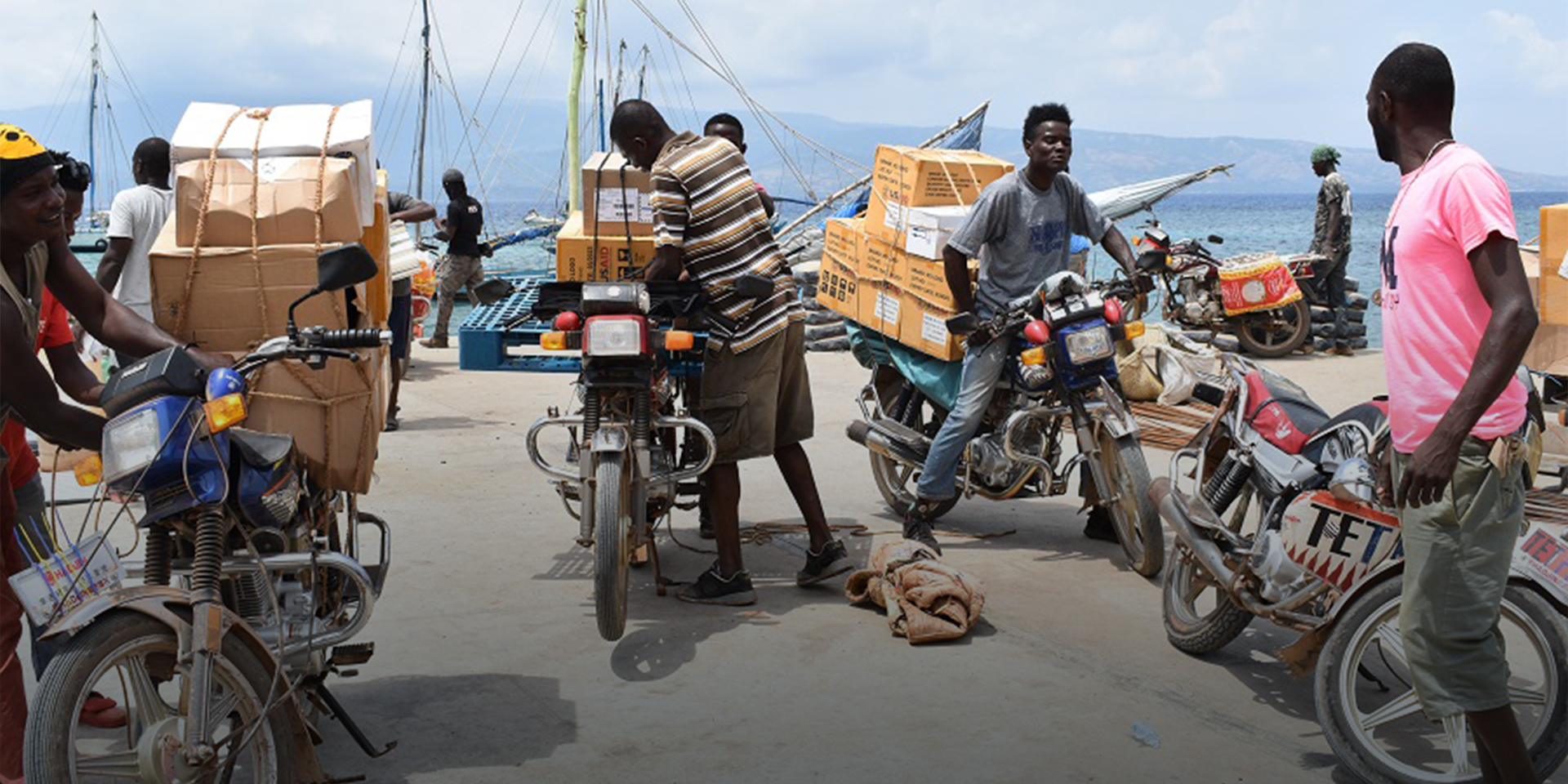
Driving Innovation and Managing Risk in the Global Health Supply Chain
October 14, 2022 | 4 Minute ReadRisk and innovation in the global health supply chain go hand in hand. Balancing these elements effectively determines success.
From earthquakes to cyclones to epidemics and a pandemic, the global health supply chain has been rattled far and wide in recent years. Managing it is a daily exercise in creativity and risk management, but balancing these two factors is tricky, and the cost of failure can mean people are unable to access the lifesaving medications they need.
Supply chain disruptions in lower- and middle-income countries can lead to missed doses of tuberculosis or HIV medication or to the death of a child because a malaria diagnostic test is unavailable. Lack of access to contraceptives leads to unplanned pregnancies and to children — especially girls — missing out on education opportunities if families face resulting economic hardship.
Overcoming risks requires uniting around a challenge to think creatively, strategize, and then innovate, which for the supply chain can mean adapting a tool or approach from another industry, such as the private sector, and applying it to a different context. Carefully managed risk and well-planned innovation make supply chains more efficient, more resilient, and better able serve those who need care the most.
“In Ethiopia, risk and innovation are highly interrelated in the health supply chain context. We – health logisticians – face double-pronged challenges: frequent stockouts or expiries that bring inefficiencies, and the risk of regressing on health outcomes,” said Tesfaye Seifu, Ethiopia country director for the Chemonics-led Global Health Supply Chain Program-Procurement and Supply Management (GHSC-PSM) project. “With these stakes in mind, we design, test, and scale locally led solutions that improve access to life-saving commodities.”
GHSC-PSM assisted the Ethiopian Pharmaceutical Supply Service to establish a risk management system, including identifying 36 strategic risks, developing a response plan, and providing training, coaching, and mentoring for supply chain managers.
Innovation at Work
Day-to-day risks in the global health supply chain can be highly disruptive if they are not properly managed. These risks can include inadequate supply to meet expected demand, including geographic concentration of production in a specific country or countries; poor forecasting to calculate total demand; faulty process, including flawed supplier performance, fraud, corruption, and counterfeit medications; and environmental factors, such as changes in macroeconomics and policy. There are also supplier risks that need to be managed to avoid supply chain bottlenecks.
Many innovations are specifically designed to de-risk the supply chain, such as transforming products to achieve longer shelf life or greater temperature stability. One strategy being piloted by the USAID-funded GHSC-PSM project involves manufacturers taking greater responsibility for delivering the commodities closer to their final destination, enabling the project to significantly reduce the time it takes between when a country places orders and when the commodities arrive. This vendor-managed inventory strategy reduces delivery costs, risk of stockouts, expiries, and costs of storage in regional warehouses. It also leads to improved health outcomes, as health commodities are more readily available to address urgent needs.
Another example is multi-month dispensing, which helps public-sector health programs bring lifesaving medicines for HIV/AIDS and other illnesses closer to clients through prescribing and dispensing three-to-six-month supplies. This, in turn, reduces the risk of treatment interruption or discontinuation, which is critical to countries achieving epidemic control in line with the United Nations Sustainable Development Goals. Once the COVID-19 pandemic began, the strategy gained the added benefit of helping to lower the risk of COVID-19 transmission through reducing the need for patients to visit health facilities. Over the life of the GHSC-PSM project, multi-month dispensing has saved more than 102 million patient trips to the pharmacy, including over 15 million in the past quarter alone.
These risk-reduction strategies are all practical measures designed, tested, and scaled to de-risk the supply chain. Sometimes, however, innovation requires responding to specific situations on the ground with the aim of getting medicines to those who need them most, including countries in conflict or suffering from the fallout of a global pandemic like COVID-19.
“COVID-19 proved that in the supply chain uncertainty drives innovation, and the opportunities derived from such novel solutions result in unimaginable changes that soon become the normal routine,” said Deogratius Kimera, GHSC-PSM Ghana country director.
Risk as Opportunity
Operating supply chains in countries experiencing conflict presents a greater level of risk, which requires management on a day-by-day basis. Just after the war broke out in Ukraine last February, USAID called on GHSC-PSM to help deliver over 210,000 bottles of antiretrovirals to the country, ensuring that people living with HIV could continue receiving essential treatments. The project managed this through a careful balance of assessing risk even before the war broke out, taking that risk, and responding creatively as it had done in other conflict areas like Afghanistan, Syria, and Yemen. (For details, see part 2 of our series.)
Another example of risk and innovation involved Tajikistan. In response to the COVID-19 pandemic, supplemental oxygen became the most essential life-saving treatment for people infected with the deadly virus. However, the country’s aging oxygen supply infrastructure was unprepared, and clinical outcomes suffered. GHSC-PSM delivered oxygen-generating equipment over snow-covered mountain passes, installed it in hospitals, and trained biomedical engineers to maintain it. This built sustainability and resilience into the health supply chain, helping to de-risk it for the future, and ensuring quality healthcare for COVID-19 patients. (For details, see part 3 of our series.)
Going forward, risk and innovation can be seen in much broader, more sustainable terms that go beyond program or organization management and extends to donors, according to Alan Pringle, GHSC-PSM global supply chain director. He said one of the bigger challenges when introducing innovation into health supply chains is the risk of looking only at avoiding the risk of the specific innovation rather than looking at it in terms of managing the risk of the innovation to de-risk the whole supply chain.
“In other words, seeing risk management as an opportunity rather than a threat,” he said. “In some cases, it is entirely appropriate for donors, rather than suppliers or procurement service agents, to take on those larger systemic risks in order to help create a more sustainable supply chain for the future.”
This is the first of a three-part series on risk and innovation in the global health supply chain. The second part focuses on supply chain risk and response in Ukraine during the conflict there, and the third on building sustainability into the supply chain in Tajikistan during the COVID-19 pandemic.
Posts on the blog represent the views of the authors and do not necessarily represent the views of Chemonics.

